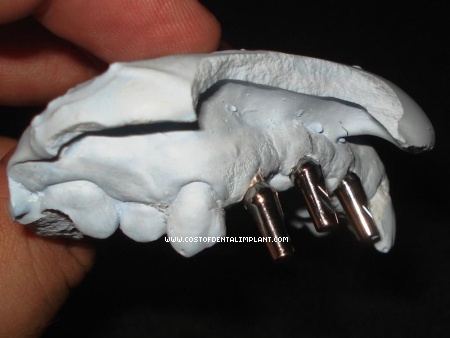Dental Implant Surgery: Two Stages
- Oct 25th. 2011
- By Dental Implants Cost
The success of a Dental Implant treatment depends on adherence to Dental Implant Surgery principles, the Prosthodontic aspect of the treatment, and proper Dental Implant Maintenance.
There are two types of Dental Implant Surgery according to number of stages; the single stage and the two stage dental implant surgery. The type of surgery may increase or decrease the dental implants cost.
Read more
